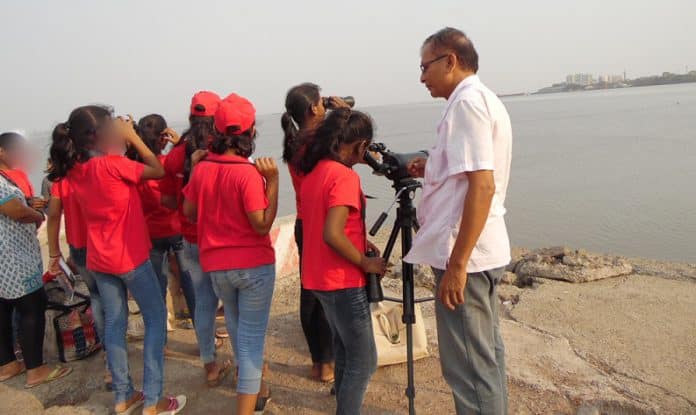How an NGO is trying to break the cycle of prostitution in Mumbai’s red light district
Kamathipura is a name synonymous with the workers forming Asia’s second largest, and Mumbai’s oldest, red light district.

In 1992, there were 50,000 sex workers recorded in the area; those numbers have since dwindled over the years. Although there is no reliable metric for how many workers still inhabit Kamathipura today, more than 200 years since it was first settled, Kamathipura is markedly more than just a red light district. It is a community, a bustling neighbourhood of shops, markets, and children playing in the streets.
Yet, the workers and families of Kamathipura are condemned to a lifetime of living in the shadow of the area’s unfortunate past. All the while, a host of organisations continue to work in the area are seeking to empower the young women and children who call Kamathipura home.
Apne Aap Women’s Collective (AAWC), an NGO which helps workers and their children in Kamathipura, is one of those organisations.
Namita Khatu, a former AAWC Program Director, recently moved to Australia after five years at the organisation. She recalls Kamathipura as a “different world than the one we’re living in.”

Speaking about the future of the children of Kamathipura’s thousands of workers, Namita notes, “It’s natural for the children born and brought up in the red light area to start believing that what their mothers are doing, neighbours are doing – that that’s also what they’re going to do. It’s a very normal process for them to start believing in the fact that (working in prostitution) is what they’re growing up to become.”
AAWC works to break the cycle of intergenerational prostitution through education – as part of a broader philosophy that providing educational tools, resources and support can not only benefit individuals, but the community at large.
Although it’s not just about education – the girls involved in AAWC’s programs, from toddlers to adult women, are given healthcare, shelter, nutrition, and safety and security – there’s a firm belief that long-term benefits are best realised through education.
The three target demographics for AAWC are captured by its three programs – Umeed (adult women), Udaan (girls aged 5-18 years) and Umang (toddlers aged 2.5-5 years).

The range of services is incredibly varied, and is reflective of a uniquely holistic approach. For instance, workers who are seeing clients through the night may be too tired to bring their young children to AAWC centres for study or pre-school the next morning. In those cases, AAWC will arrange to pick up the children and get them to school on time, where teachers also have to get the children ready, provide them with breakfast, and get them into classes.
“The smallest things, even the things we do for our children at home, we do in the program,” says Namita.
Asked about the plight of those born or trafficked into Kamathipura’s brothels – whether from across states or from Nepal or Bangladesh – Namita says, “It’s very sad and a myth that these women are into prostitution because they want to earn money, or that it is a means to earn fast money. That’s not true.” Yet ironically, in Namita’s experience, that myth is perpetuated much more so amongst locals than foreigners – and that’s what makes the job of organisations like AAWC that much more difficult.

“It’s sad that (many) people living in India do not care about this cause. They do not even want to cross the street to Kamathipura, as they think that somebody will catch hold of them, that it’s unsafe, or that you shouldn’t talk to these people,” says Namita. “It’s strange that they don’t realise these are women and people just like us.”
But despite the challenges AAWC faces, its hard work is paying off. Incredibly, none of the girls it has helped since its inception in 1998 have followed their mothers into a career in prostitution.
Namita concludes, “When you look at these girls and these women, they have just been unfortunate and have landed in these situations. I don’t think life has done justice to them. It was not something that they’ve opted themselves to do. But still, you can see them smiling, see these children smiling, see these women celebrating their lives. That’s what inspires me.”




